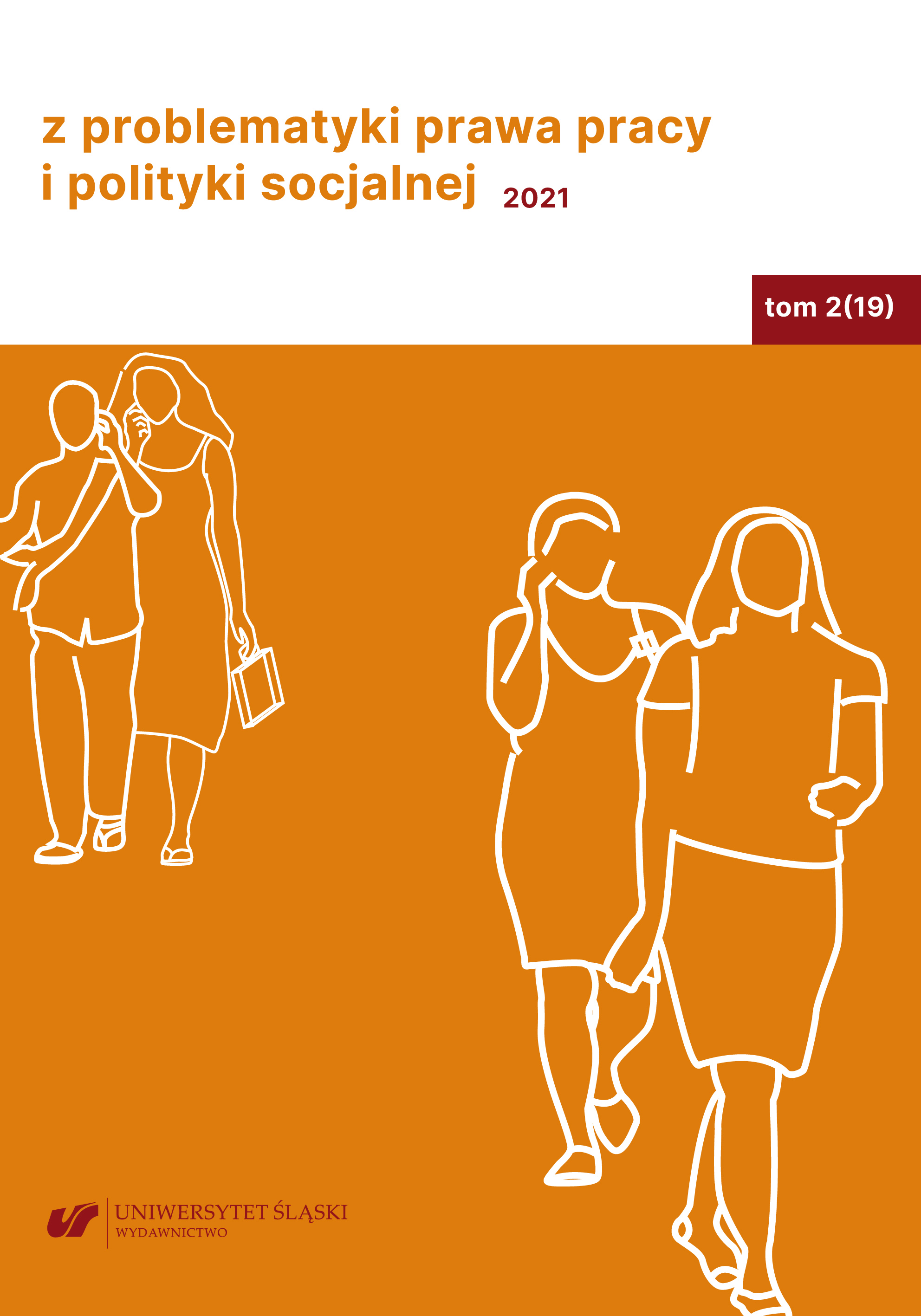

 https://doi.org/10.31261/zpppips.2021.19.09
https://doi.org/10.31261/zpppips.2021.19.09
Access is a key foundation to achieve digital inclusion, however, in many countries, including G20 economies, structural inequalities such as those in income, education and employment opportunities increase barriers to technology access and use, which women are likely to experience more severely.
When promoting policies to facilitate the participation of women in the paid economy, flexible working (including teleworking), is often promoted as a solution. However, studies in several countries show that the digital world of work could further cement traditional gender roles.
The digital gender divide has been recognized as a challenge to achieve gender equality for women, particularly as the 4th Industrial Revolution continues to increase the pace of change of information and communication technologies.
As societies become increasingly dependent on digital technology, women are at risk of losing out on the positive promise of full participation in digital economies.
Reports around the world are showing that during COVID-19 crisis, inequalities are being exacerbated, and so across the world, women are being affected more severely by the socioeconomic impacts of this Pandemic.
Many women are juggling an increase in unpaid care work while also contending with paid work, now in a new form: the Digital World of Work, Teleworking and its implications. The pressure of balancing work and family life is taking a severe toll on women’s well-being.
Before the pandemic of COVID-19, women globally did nearly three times as much unpaid care and domestic work as men. But after the Pandemic, the care work at home has really grown exponentially. Besides the direct impacts of the pandemic, the response is also exacerbating inequalities. In particular, the closure of schools and nurseries has revealed the fragility of women’s participation in the paid economy. The school closures and household isolation are moving the work of caring for children from the paid economy ‒ nurseries, schools, babysitters ‒ to the unpaid one.
This really underpins so many of the inequalities that women experience. While both women and men are suffering the economic fallout of the virus across the world, it is women who are being disproportionately more constricted by it.
The right to disconnect, is design to establish boundaries around the use of electronic communication after working hours and to provide employees with the right to not engage in any work-related activities at home. It is often looked upon as an individual right of the employee to not only disconnect but also to not be reprimanded for failing to connect – or rewarded for constantly staying connected.
Because of social and cultural roles and stereotypes, women have more responsibility for their families and homes than men, and may not be able to stay connected after the formal working day ends even if they wanted to. This is particularly the case for single mothers, for whom a right to disconnect could have a proportionally larger positive impact than for other employees.
We intend to analyze how the structural and sociological phenomenon, that women experience, articulates with the Digital World of Work and the Right to Disconnect, paying special attention to family work balance and fair family responsibilities distribution.
Download files
Citation rules

Vol. 19 No. 2 (2021)
Published: 2021-07-21
 10.31261/zpppips
10.31261/zpppips